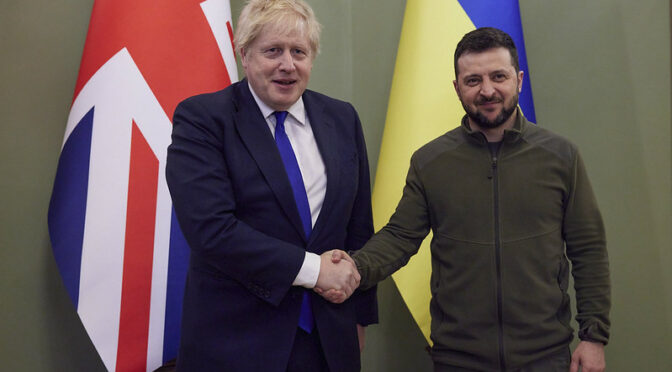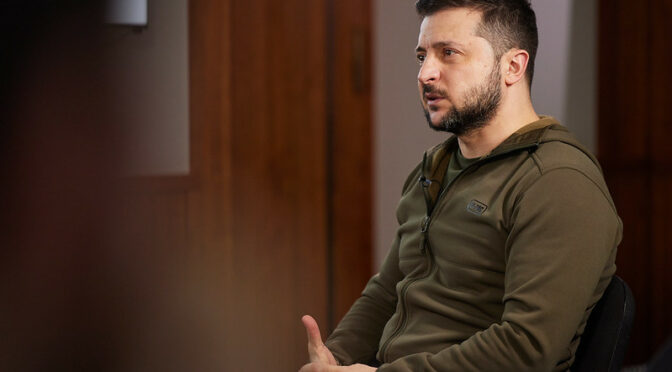Article published in The Daily Telegraph, 17 August 2022. © Richard Kemp
Ukraine is about to enter its time of maximum vulnerability as Russia’s traditional ally, General Winter, arrives on the scene and the Kremlin turns the energy screws on Kyiv’s shivering European backers.
On the battlefield winter will impact both sides as the war goes into deep freeze. Winter tends to favour the defender, better able to find shelter and warmth, while movement by foot and vehicle, a greater necessity for attackers, is impeded by first mud then snow. That might allow the Ukrainian army to hold onto what it’s got now but will prevent it from re-taking any significant part of the vast swathes of territory under Russian domination.
But it is in Europe that winter will have the greatest strategic effect on the war, and Ukraine is more likely to be the loser. As European media increasingly grow bored of a freezing landscape without much fighting to report, the spotlight will be more and more on hardship at home, with the economic crisis intensified by Putin’s conflict biting ever deeper.
While Europeans have been blindly satiating their hunger for cheap Russian energy, for years Putin has been baiting the strategic trap for them to fall into. His funding, disinformation and agents of influence in the environmental movement have increased dependency on Russia, playing a critical role in preventing shale gas exploitation across Europe as well as Germany’s termination of nuclear energy, heavily influenced by green parties that arose from the Moscow-funded anti-nuclear movement in the 1980s. A master of political and economic warfare as well as propaganda, Putin’s objectives were both for Russian economic benefit and to gain political leverage in situations such as this.
Russia reduced gas supplies to Europe by 60% in June. Countries are weighing how to minimise economic damage to their already crippled Continue reading







